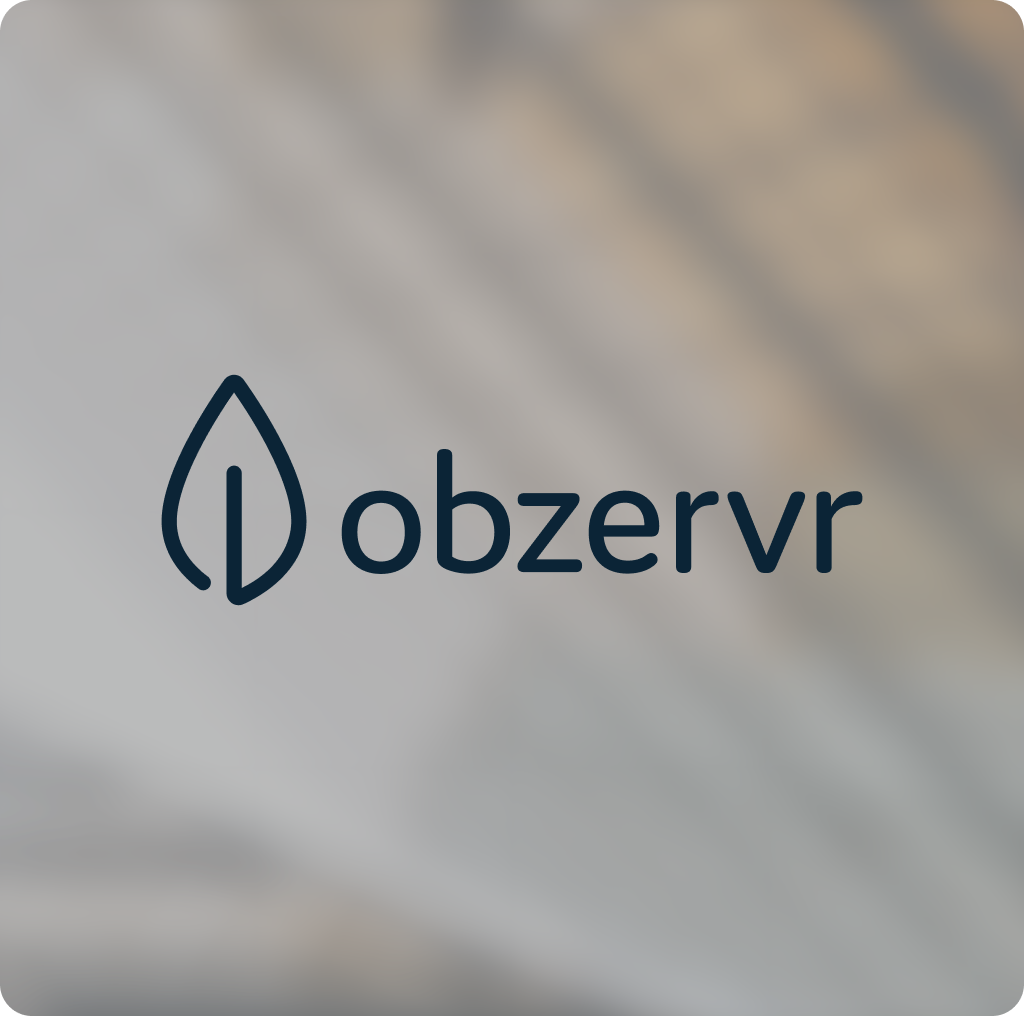You can have the best software in the world — Jira for development, ServiceNow for ITSM, Monday.com for project tracking, and Salesforce for CRM — and still waste hours copying information between them.
That’s the hidden cost of disconnection. Each platform is powerful on its own, but when they don’t communicate, teams lose context, data gets duplicated, and progress slows down.
Cross-platform integration changes that. It connects different platforms, allowing seamless communication and data exchange that keep projects moving smoothly across departments and systems. With the right approach, companies can turn a fragmented software stack into an integrated ecosystem that works — and grows — together.
This article explores what cross-platform integration means, its benefits and challenges, and how companies use solutions like Getint to achieve seamless integration across software systems and operating environments.
What Is Cross-Platform Integration?
Cross-platform integration is the process of connecting multiple platforms or applications so they can share data, trigger actions, and operate as one unified ecosystem. Instead of manually exporting spreadsheets or re-entering tickets between tools, integrated systems communicate automatically.
At its core, cross-platform integration enables communication and data exchange between software systems that might otherwise be isolated. It allows teams to move information effortlessly across different platforms, operating systems, and even cloud services, reducing errors and saving time.
A successful cross-platform integration ensures that when a change happens in one application — like updating a support ticket in ServiceNow — the corresponding update appears instantly in Jira or another connected tool.
The 4 C’s of Cross-Platform Integration
To understand how integrations deliver value, think of the 4 C’s — the principles that guide every effective cross-platform strategy:
- Connectivity – Ensuring tools, APIs, and databases can communicate efficiently.
- Consistency – Maintaining data integrity and avoiding outdated or inconsistent data.
- Collaboration – Allowing teams to share context across multiple systems and departments.
- Control – Protecting sensitive data through robust security measures and data protection policies.
These elements ensure organizations can automate complex tasks, streamline processes, and ultimately achieve seamless integration across their entire ecosystem.

Benefits of Cross-Platform Integration
1. Streamlining Workflows
Cross-platform integration helps teams optimize workflows by automating repetitive tasks. When tools are connected, they can exchange data in real time — updating issues, syncing comments, and maintaining consistent project visibility.
This kind of automating workflows removes the need for manual data entry, reduces the risk of errors, and supports teams in focusing on more strategic work.
2. Enhancing the User Experience
Integrated environments create a unified user experience. Team members can work within their preferred applications — whether Jira, Monday.com, or ServiceNow — while still collaborating with others who use different systems. This improves productivity and customer satisfaction, since issues are resolved faster and communication flows more smoothly.
3. Reducing Data Inconsistency
Disconnected systems often result in inconsistent data or multiple versions of the same record. By integrating platforms, organizations ensure data integrity — the data across tools is accurate, synchronized, and reliable.
4. Strengthening Security and Compliance
Modern integration platforms like Getint are designed with robust encryption and security measures to protect sensitive data during every data exchange. Whether working with cloud services or on-premise systems, data protection remains a core requirement of any cross-platform integration.
5. Supporting Growth and Innovation
A flexible integration setup supports business processes as they evolve. It allows teams to add new tools, scale to multiple platforms, and adopt emerging trends such as machine learning or edge computing — without disrupting existing workflows.
Cross-Platform Integration in Action
Let’s look at real examples of how companies use cross-platform integration to boost efficiency and visibility:
Jira + ServiceNow
A global enterprise may manage incidents in ServiceNow while development teams use Jira. Without integration, updates require manual follow-up. With Getint’s platform integration, tickets are automatically mirrored, notes are shared, and progress is synchronized — reducing delays and improving customer engagement.
Monday.com + Jira
Product teams planning in Monday.com can send updates directly to Jira developers. The integration ensures all project data remains in sync across tools, giving leaders full visibility into project status and key performance indicators.
HubSpot + Jira
When marketing teams in HubSpot generate customer requests, they automatically create Jira tasks for the technical team. This kind of seamless integration keeps everyone aligned and reduces the learning curve between departments.
These examples highlight how integrations facilitate communication and help companies streamline workflows across multiple platforms and departments.
How Cross-Platform Integration Works
The magic of integration happens through a combination of application programming interfaces (APIs), middleware solutions, and cloud services.
APIs and Middleware
APIs and software development kits allow tools to “talk” to one another. Middleware platforms — like Getint — act as translators, ensuring data moves correctly between disparate systems and maintaining consistency across environments.
Real-Time Data Processing
Advanced integrations support real-time data processing, ensuring changes in one tool immediately reflect in others. This not only keeps teams aligned but also enhances user engagement by delivering instant feedback loops.
Unified Ecosystems and Mobile Apps
Today’s companies operate across mobile apps, e-commerce platforms, and social media platforms. Integration ensures these touchpoints form a single, unified ecosystem. Whether syncing orders from an e-commerce platform or automating updates between social media management tools, integration keeps the experience cohesive and efficient.
Cross-Platform Integration Challenges
Even with powerful tools, achieving integration across different platforms can pose challenges:
- Complex infrastructure: Some systems have unique underlying infrastructure or limited API capabilities.
- Data consistency issues: Synchronizing outdated or inconsistent data between systems can be tricky without proper validation.
- Security risks: Transferring sensitive data across cloud environments requires robust encryption and careful access control.
- Learning curve: Teams often need guidance to understand and use new integrated systems effectively.
Platforms like Getint help overcome these cross-platform integration challenges through intuitive design, thorough testing, and a strong focus on protecting and validating every piece of exchanged information.

Emerging Trends in Cross-Platform Integration
Integration continues to evolve rapidly. The next generation of cross-platform applications leverages:
- Edge computing to enable faster local processing and lower latency.
- Machine learning to automate mapping and synchronization between tools.
- API integration and low-code environments that let teams create applications and integrate platforms without deep technical knowledge.
- React Native frameworks that simplify building cross-platform applications with a single development process for both major operating systems.
These future trends point toward an even more connected, intelligent ecosystem where integrations don’t just move data — they interpret and act on it automatically.
Key Advantages of Cross-Platform Integration
- Efficiency – Automate complex tasks and remove repetitive manual work.
- Visibility – Ensure every team member sees real-time, accurate information.
- Flexibility – Connect cloud tools, legacy systems, and new apps.
- Scalability – Add integrations as your organization and website traffic grow.
- Security – Protect data with advanced encryption and compliance frameworks.
These are the benefits of cross-platform integration that drive digital transformation for modern enterprises — ultimately leading to faster delivery, fewer errors, and higher satisfaction across teams.
How Getint Helps You Achieve Seamless Integration
At Getint, we’ve seen firsthand how cross-platform integration transforms operations for distributed teams. Our advanced integration capabilities connect tools like Jira, ServiceNow, Monday.com, GitLab, HubSpot, and many others — helping organizations synchronize work, automate processes, and protect sensitive data.
Our integrations are built to:
- Seamlessly integrate with multiple platforms, both cloud-based and on-premise.
- Facilitate communication between teams using different platforms and apps.
- Ensure data integrity and security at every step of the development process.
- Optimize performance and reduce the learning curve through intuitive UI and thorough testing.
By focusing on flexibility, transparency, and security, Getint enables organizations to achieve seamless integration without compromising control or reliability.
Conclusion
Cross-platform integration isn’t just a technical goal — it’s a strategic foundation for modern collaboration. By connecting software applications across environments, organizations unlock faster delivery, fewer errors, and more meaningful insights.
With solutions like Getint, teams no longer worry about disconnected tools or manual processes. They work confidently within integrated systems, sharing information and progress effortlessly.
In a world powered by multiple platforms, cross-platform integration ensures that technology adapts to people — not the other way around.
Ready to connect your tools and optimize your workflows?
👉 Explore Getint integrations and see how seamless collaboration can transform your business.

























